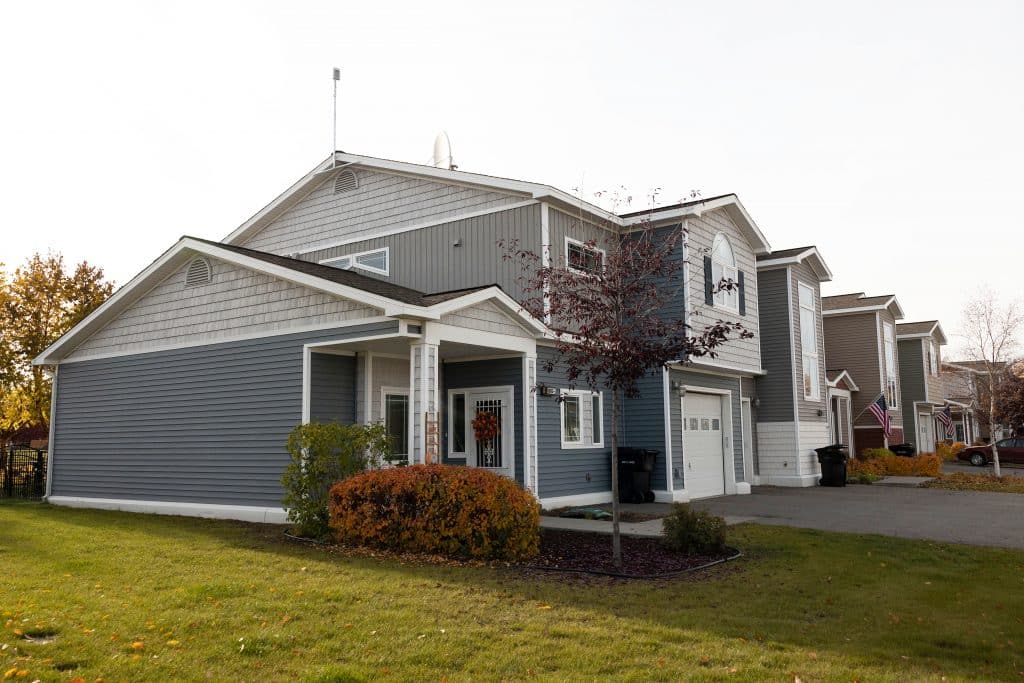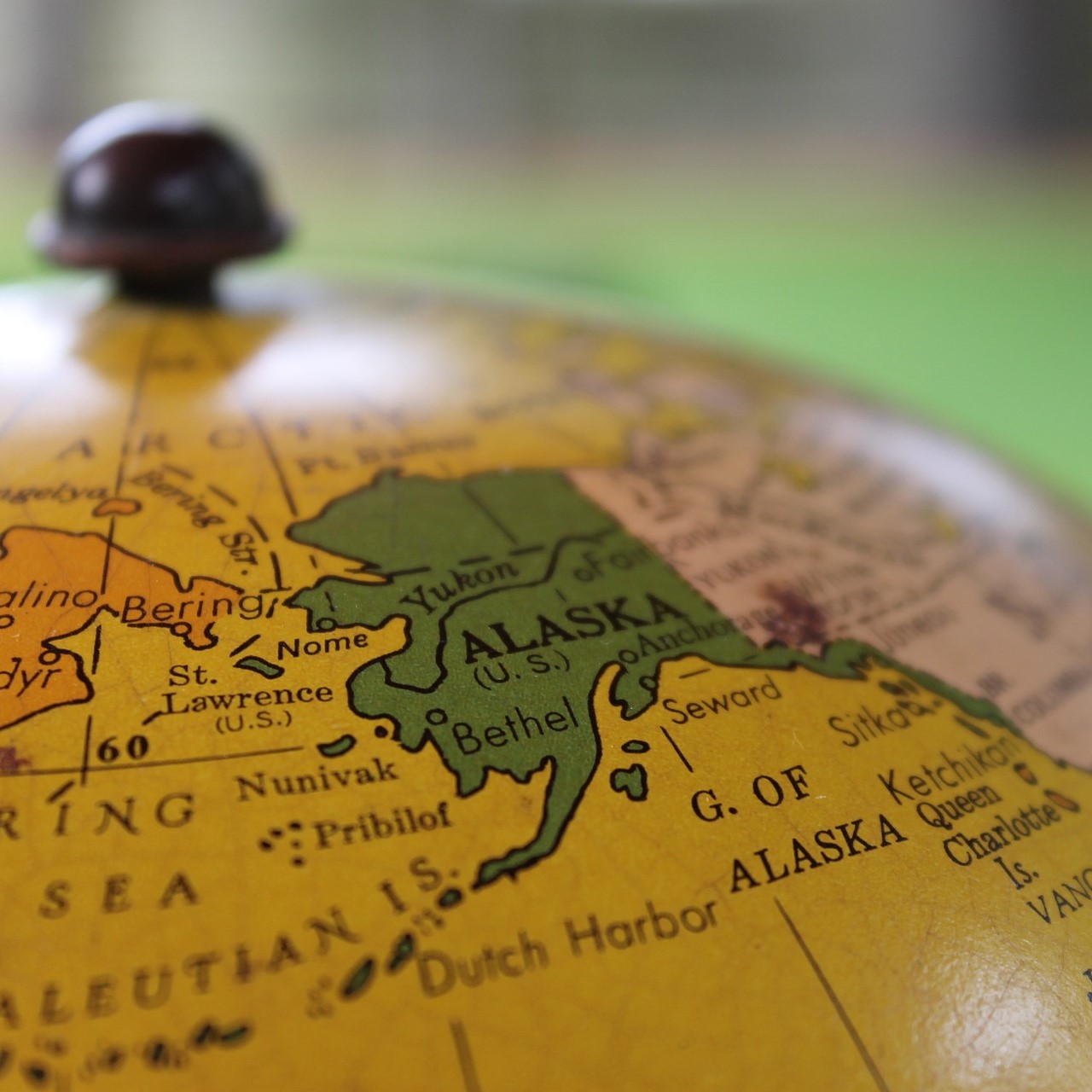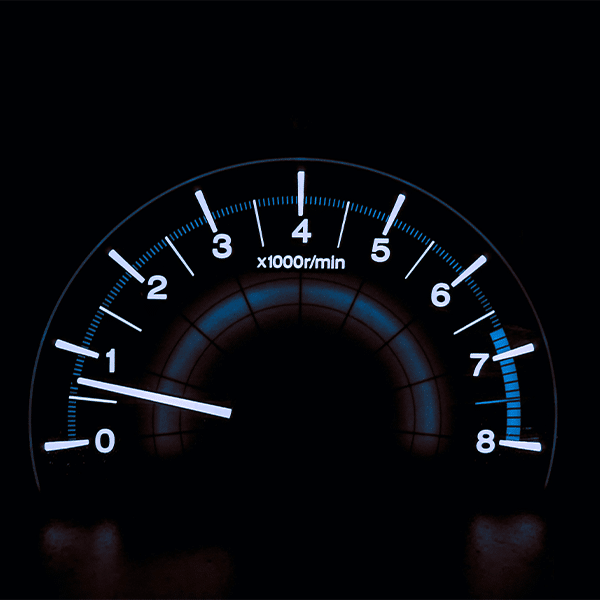Alaska Communications expanded broadband availability and boosted speeds to almost 5,000 homes in the Interior region of the state in 2022. And as a spokesperson explained in an email to Telecompetitor, the company used a wide range of last-mile technologies – from XGS-PON to fixed wireless, even some DSL — to achieve that.
The Alaskan Interior can be thought of as the center of the state – the area most removed from the state’s lengthy coastline. Much of the area is wilderness. One Interior town carries the name North Pole.
North Pole was one of two communities, along with Fairbanks, the biggest Interior city, to receive service at symmetrical 2.5 Gbps speeds. A total of 1,200 homes in those communities now have access to the offering, which as the spokesperson confirmed, is based on XGS-PON fiber broadband.
Some other people in Fairbanks and North Pole also have new options in broadband, but at considerably lower speeds. Alaska Communications expanded service to 2,400 locations in those markets and in several others using a mix of DSL and fixed wireless supporting speeds up to 50 Mbps.
That build was funded, in part, through the Connect America Fund II (CAF II) program.
“While we consider fiber to be the gold standard, Alaska’s vast geography, weather conditions and existing middle mile network infrastructure make it hard to deploy a one-size-fits all technology,” the spokesperson said in the email.
Fixed wireless also underlies a project completed in 2022 that made gigabit service available to more than 1,200 homes at Fort Wainwright.
“Our network upgrades on Fort Wainwright use fiber-fed mesh wireless as the last mile delivery,” the spokesperson explained. “Our mesh networks use fiber and radios to create a redundant mesh of connectivity around the customer. We selected mesh because it’s fast to deploy, gives the customer a fiber-like experience and allows rapid deployment on military installations.”
The backhaul infrastructure underlying the Alaska Communications network expansion also used a wide spectrum of technologies.

Source: Alaska Communications
On one end of the spectrum, the XGS-PON deployment is supported by the company’s core packet switched and optical transport networks. At the other end of the spectrum for lower-speed deployments, the company in “minimal cases” uses bonded copper for backhaul, the spokesperson said. For some of those lower-speed deployments, the company also relies on a combination of fixed wireless and fiber.
Interestingly, Alaska Communications fiber installations use a combination of aerial and buried cable. The use of buried cable is a bit of a surprise, recognizing that the ground in Alaska is frozen solid for a considerable portion of the year.
The company plans further expansion into the Interior in 2023 and beyond, according to a press release about the broadband expansion.



